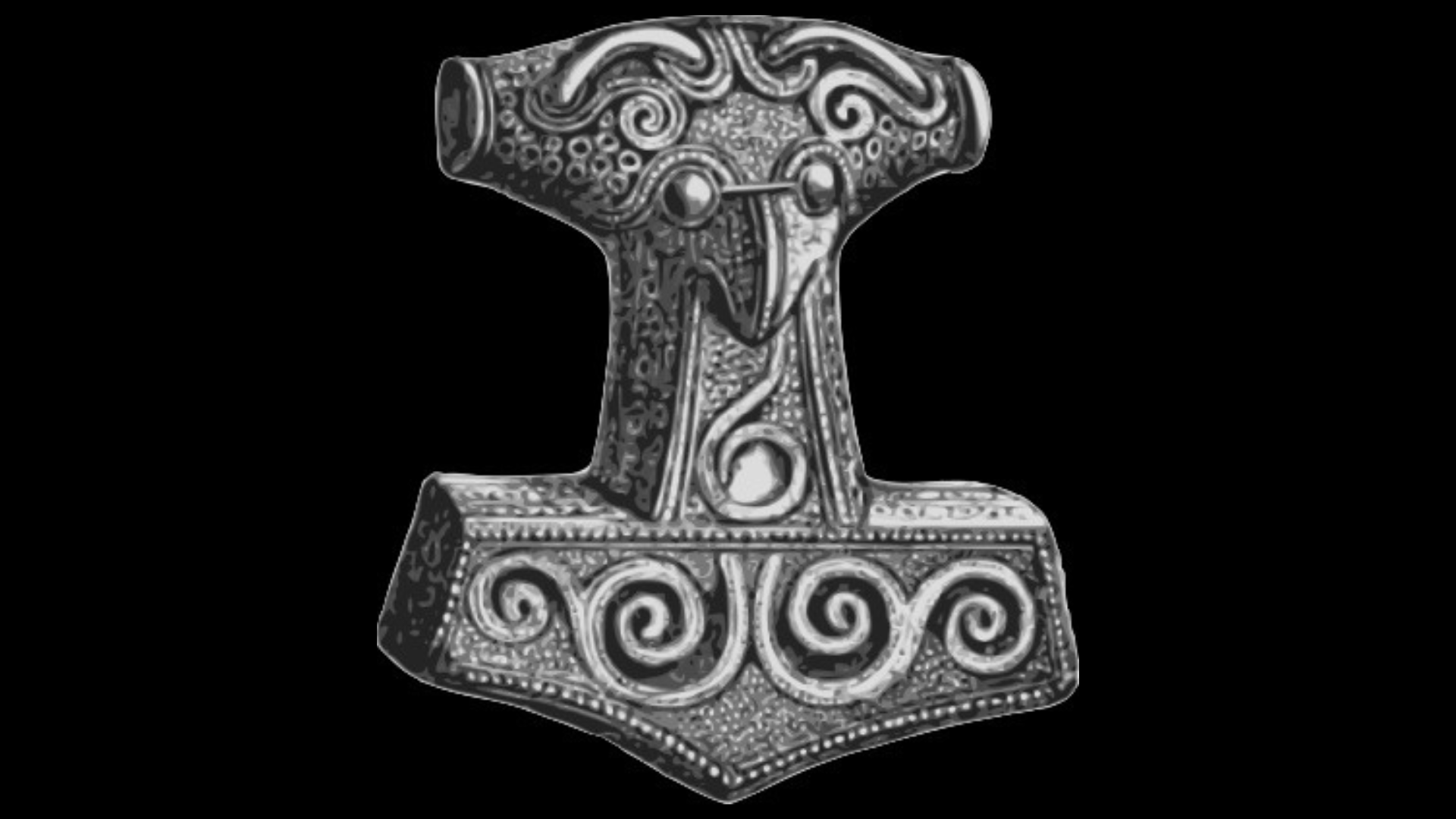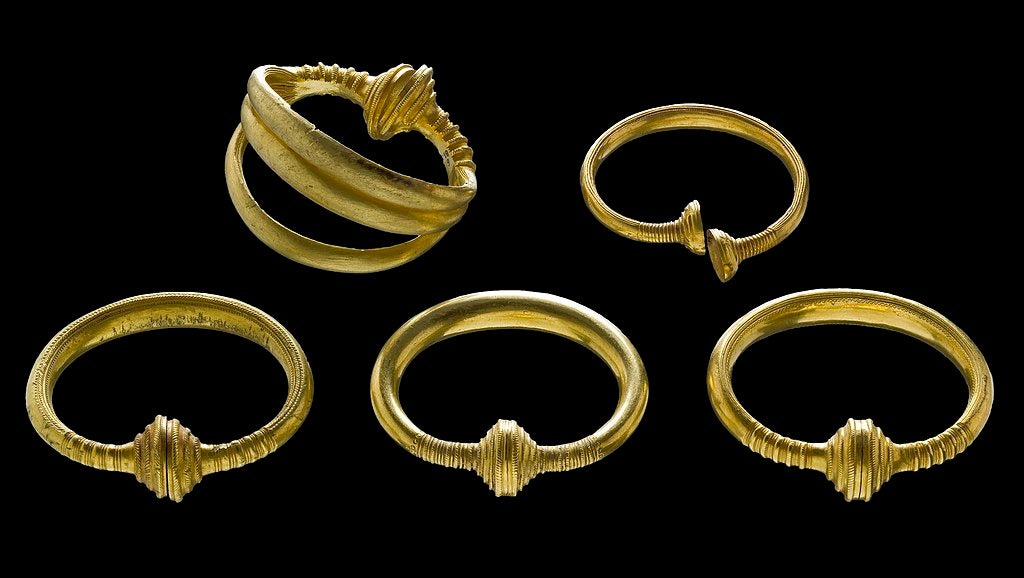
The Historical Skane Mjolnir: A Symbol of Power and Protection
The Skane Mjolnir, a historical amulet discovered in Scandia, is a significant artifact that provides a glimpse into the religious and cultural practices of the Viking Age. This silver amulet, adorned with intricate filigree ornamentation, is believed to represent Mjolnir, the hammer of Thor, the thunder god in Norse mythology.
The Mjolnir amulet was found in an unknown location in Skane, Sweden. It was part of a collection owned by Baron Claes Kurck and was donated to the Historical Museum in Stockholm in 1895. The amulet is made of silver and is decorated with filigree ornamentation, showcasing the remarkable craftsmanship of the time.

In Norse mythology, Mjolnir is not just a hammer but a symbol of power, protection, and honor. Thor, the god of thunder, wielded Mjolnir as a devastating weapon and a divine instrument to provide blessings. The hammer was also used in hallowing or blessing rituals, such as weddings, where it symbolized fertility and abundance.
Mjolnir amulets were widely popular across Scandinavia during the Viking Age. The discovery of the Skane Mjolnir, along with other Mjolnir amulets, provides valuable insights into the religious beliefs and practices of the Vikings. These amulets were often worn as a sign of faith and as a talisman for protection.
The Mjolnir had a significant cultural impact in Scandia. It was a popular symbol of strength and protection in Viking culture, and it was worn by both men and women as a talisman against evil spirits. The Mjolnir was also believed to represent Thor’s power to bless and consecrate, and it was a symbol of loyalty to the god of thunder.
Today, the Mjolnir remains a symbol of protection and faith, cherished by followers of the Asatru tradition, a modern revival of Norse paganism. Our own Skane Mjolnir replica pays homage to this enduring legacy, offering enthusiasts a tangible connection to Viking spirituality and heritage. Crafted with precision and reverence, our replica serves as more than just a piece of jewelry—it's a symbol of strength, protection, and honor, allowing wearers to carry a piece of Viking history wherever they go. As we continue to study and appreciate these historical artifacts, we deepen our understanding of the rich tapestry of human history and culture, forging a timeless link between past and present








